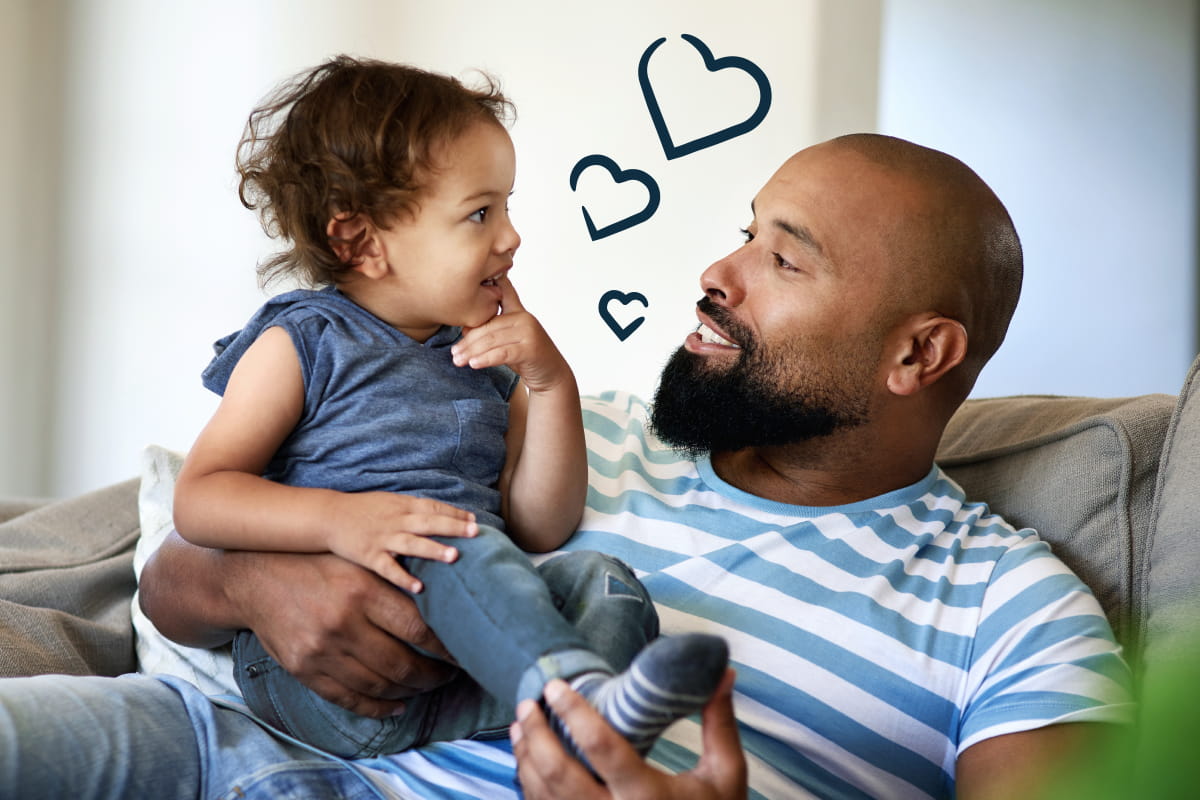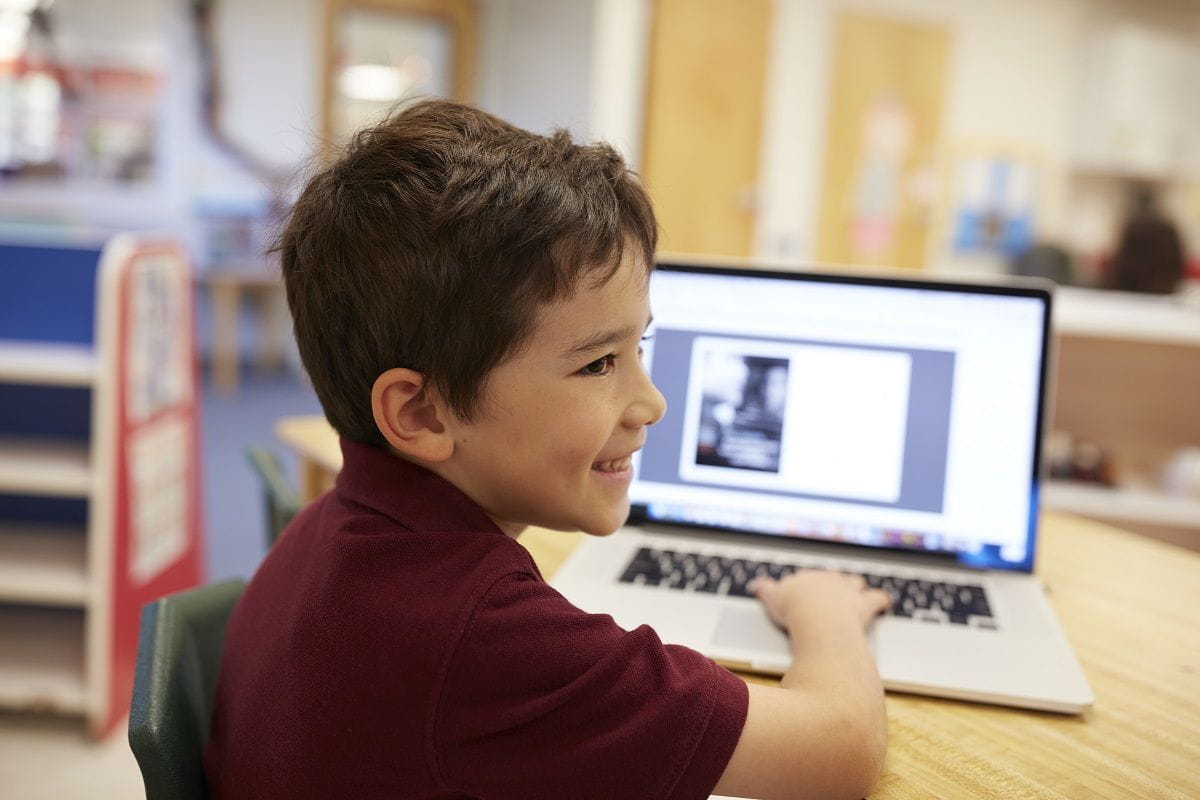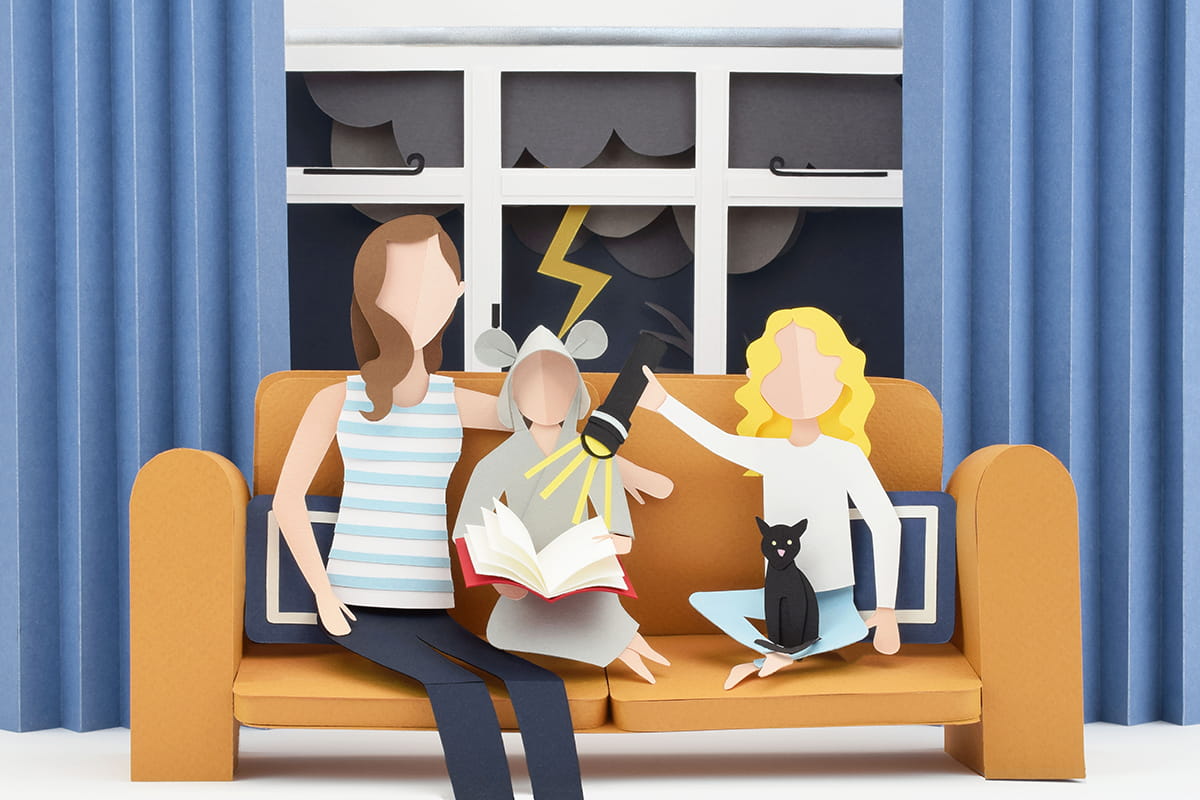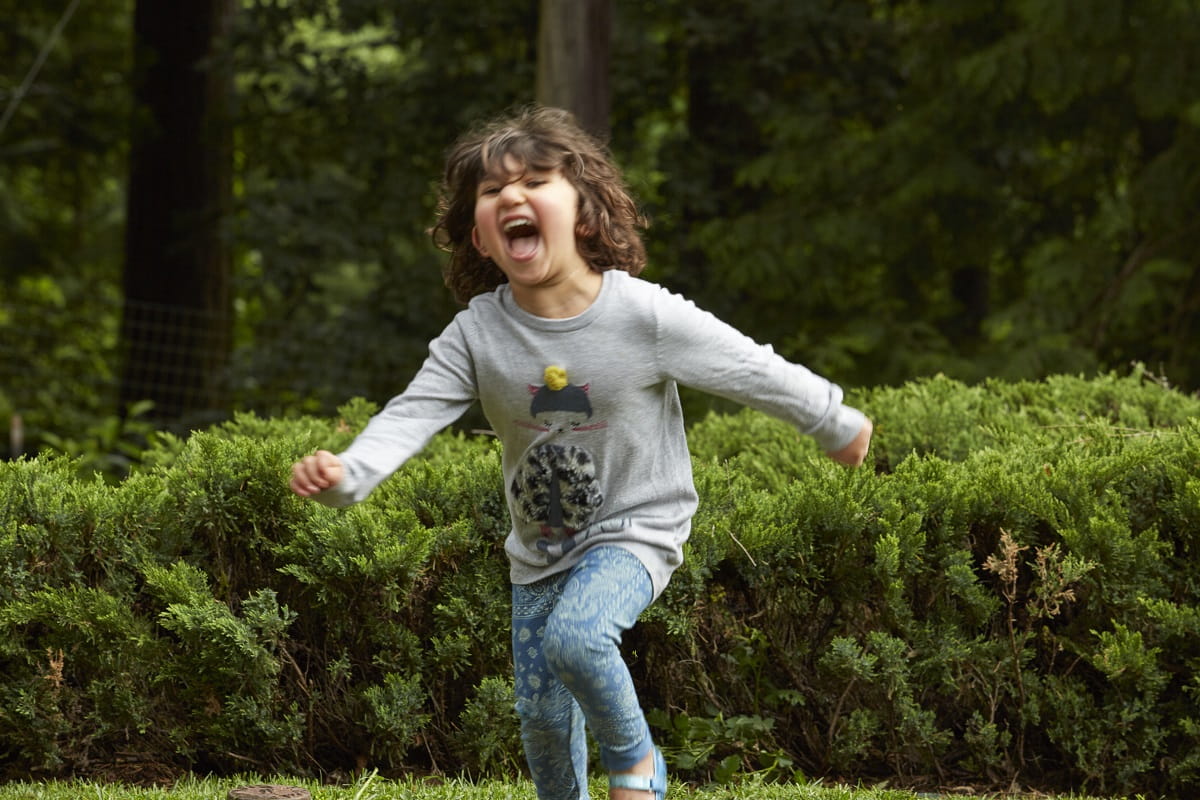"Baby, It’s Cold Outside!" 9 Winter Dressing Tips for Children

Younger children are more susceptible to cold for a simple reason: Their smaller bodies lose heat rapidly. Younger children are also less likely to actually realize they’re getting cold, which means the job of keeping them warm (and knowing the signs it’s time to go inside) falls to us parents.
Plus, there’s an art to dressing babies and children for winter. Our winter dressing tips make sure they’re not too hot, not too cold, but just right—whether they’re going for a stroller ride, to the park, or making a trip with you to the store.
1. Winter Layering Is the Way to Go
The American Academy of Pediatrics offers this rule of thumb for winter weather dressing: Put babies and children in one more layer of clothing than an adult would wear in the same conditions. Why? Pockets of air between clothing layers actually help trap heat. Layering also allows kids to remove a jacket or sweater when, say, you’re in transit, instead of having to choose between being overheated or freezing. (In other words, don’t just throw on a parka over those PJs!)
2. But Not Too Many Layers…
See the rule of thumb above. Layering your child with too much outerwear can actually make them colder. That’s because excess layers can cause your child to sweat, which makes their clothes wet, allowing the cold and wind to bring their temperature down.
Everyone Belongs In Our Circle
At KinderCare, we’re committed to building warm, welcoming and supportive classrooms for children of all abilities, backgrounds and experiences.
Find a center near you3. Learn Layering 101
There are three basic layers you should know—and materials that are good for each. While it can seem overwhelming if you’re not, say, an alpine climber, it’s not as difficult as it seems. Here are the basics you need to know:
Base Layers (the Layer Right Next to Your Child’s Skin)
- What it does: wicks moisture
- Materials to look for: wool or synthetic fabrics, such as polyester
- The right fit: snug
Middle Layers (Goes Over the Base Layer)
- What it does: insulates
- Materials to look for: wool, down, or fleece
- The right fit: close to the body without restraining movement
Outer Layer
- What it does: protects your child from rain, snow, and wind
- Materials to look for: a waterproof jacket or shell; outerwear that’s also breathable (such as those made from Gore-Tex) is key if your child will be physically active
- The right fit: allows easy movement and has plenty of room for layers
4. Nix the Cotton
You know that jeans and cotton pants absorb rain and snow, but even in cold and dry conditions, cotton absorbs sweat. And wet cotton + cold weather=very cold kids. If it’s cold out, it’s best to avoid cotton altogether.
With so many sporty and super-cute fleece options to choose from nowadays, nixing the cotton shouldn’t be a problem.

5. Fingers, Toes, and Faces Need Extra TLC
According to kidshealth.org, your child’s head, face, ears, hands, and feet are most prone to cold exposure and frostbite. Frostbite is kind of like the winter version of getting burned: It damages the skin and usually causes numbness. And children’s skin is especially sensitive to the cold, so keep an eye on their extremities. Heavy, non-cotton socks; waterproof boots; waterproof gloves; a scarf; and a hat all are key to keeping everyone toasty and warm on cold days. For very cold weather (we’re talking to you, Buffalo!), earmuffs and facemasks add extra protection.
6. Make Sure Clothes (Still) Fit
As tempting as it is to squeeze those tootsies into last year’s bootsies, feet need room to wiggle. Shoes and jackets that are too tight can limit circulation, contributing to cold limbs.
7. Pack a Dry Bag
It’s always good to have extra clothes on hand for kids, as you probably already know, but in the winter, extra clothes are essential. One jubilant splash in a puddle or one wet (or lost) mitten, and not only could your day of fun be done, but you could set your kids up for a case of frost nip. Pack a cold-clothes emergency kit equipped with extra gloves, socks, pants, and shirts.
A Lifetime Of Confidence Starts Here
Our teachers help every child build the confidence they need to try new things and explore the world around them.
Search for a center near you8. Know When to Head Inside
Frostbite starts as a frost nip—red and tingly skin that has been exposed to cold air or snow. If you notice frost nip on cheeks, fingers, or anywhere else—or if your child’s teeth start to chatter—it’s definitely time to head for a warm place.
9. Always Have Cocoa in Your Pantry
Okay, it’s not really an official winter layering tip. But does anything taste better than a cup of hot chocolate after a jaunt in the cold?




